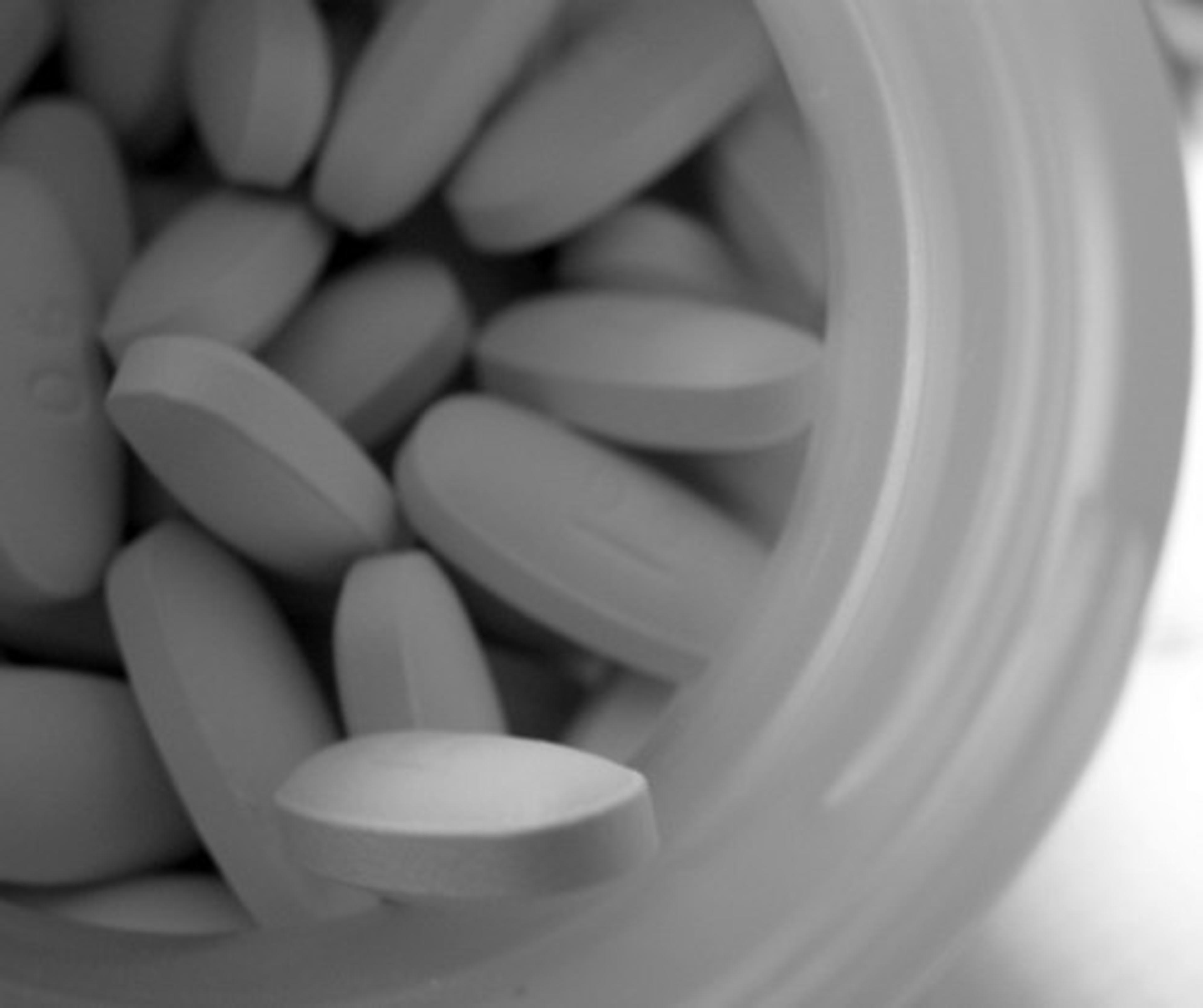Why generic drugs are the real deal
Guest Blogger
| 3 min read

There are certain things I just won’t buy generic. Pop, for one, is something that I must buy name brand. If it doesn’t say Pepsi, Coke or Faygo, I don’t give it a second glance because the supermarket brand just never seems to compare. I also splurge on name-brand shampoo because, in my opinion, I have the world’s worst hair and it needs all the help it can get.
Now with some things, spending more money does mean you’ll get a better product – but not always. For instance, I know a lot of people that won’t buy generic drugs simply because they’re convinced that the name-brand drug has to be better. The truth is, folks, the generic brand will stop your headache, relieve your stuffy nose, and mask your allergy symptoms just as well as the pricier name-brand stuff. Don’t believe me? I did some deeper digging to find out why.
The U.S. Food and Drug Administration (FDA) holds generic drugs to the same standards as their name-brand counterparts. According to Consumer Reports, generic drugs are merely a copy of a name-brand drug that’s patent has expired. The science and testing that go into creating a new drug can be really expensive, so new drugs, like any other product, are protected by a patent. The patent protects the drug company’s investment in the product. For the duration of the patent (typically around 20 years), the drug company is given exclusive rights to produce and sell that drug. After that, generic drug companies can join the party.
Many companies specialize in the production of generic drugs. As long as the drug adheres to FDA guidelines, the generic drug company won’t be required to repeat the costly testing that the original drug had to undergo. In this way, generic drug companies are able to provide consumers with an identically effective drug at a fraction of the cost. The low cost of generic drugs has nothing to do with the ingredients, effectiveness, or science; it has everything to do with the production costs that go into creating a brand new drug.
If these drugs are exactly the same, you might be wondering why physical factors like the color or size of the drug are different. Generic drugs are not required to look or taste exactly the same as the other stuff, but they are required to be chemically the same as – or to use a fancy word, bioequivalent with – their name-brand counterparts. When compared with the original, patented drug, the generic drug can’t differ in:
- Dosage form
- Safety
- Strength
- Route of administration
- Quality
- Performance characteristics
- Intended use
So while the generic might be a different color and come in a different package, it will have the same chemicals, and do the same thing in the same way. You can buy all the name-brand Tylenol you want, but the store-brand acetaminophen will do the trick just as well while saving a few dollars. Why spend extra money when you don’t have to?
Hopefully you can feel safe knowing that saving a little bit of money on over-the-counter, and even prescription pills, won’t compromise safety, quality or effectiveness. So next time you or a family member complains that “[insert brand name here] is the only effective drug to treat my [insert complaint here],” just remember, it’s all in your head!
Christine Bilger is a writer at Quicken Loans and she loves blogging about family, personal finance, and mortgage tips on the Quicken Loans Zing Blog.
Photo credit: fauxto_digit





